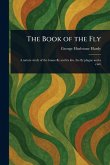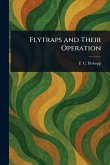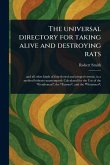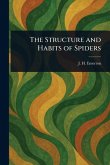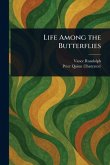Explore the age-old battle against a persistent pest with "USDA Farmers' Bulletin No. 754, The Bedbug, 1934," a fascinating glimpse into the science and strategies of pest control from a bygone era. Authored by Charles Lester Marlatt, this bulletin offers a comprehensive look at bedbugs, their habits, and methods for their eradication. Delve into the world of entomology and public health as you learn about the insecticides and techniques employed in the 1930s to combat these troublesome insects. This meticulously prepared print republication provides valuable insights into the challenges of pest management and the historical approaches to dealing with bedbug infestations. Whether you're interested in the history of pest control, the study of insects, or simply curious about the science of dealing with these creatures, this bulletin provides a unique and informative perspective on a common household problem. A vital resource for anyone interested in the evolution of our understanding and management of these tenacious pests. This work has been selected by scholars as being culturally important, and is part of the knowledge base of civilization as we know it. This work is in the public domain in the United States of America, and possibly other nations. Within the United States, you may freely copy and distribute this work, as no entity (individual or corporate) has a copyright on the body of the work. Scholars believe, and we concur, that this work is important enough to be preserved, reproduced, and made generally available to the public. We appreciate your support of the preservation process, and thank you for being an important part of keeping this knowledge alive and relevant.
Bitte wählen Sie Ihr Anliegen aus.
Rechnungen
Retourenschein anfordern
Bestellstatus
Storno



